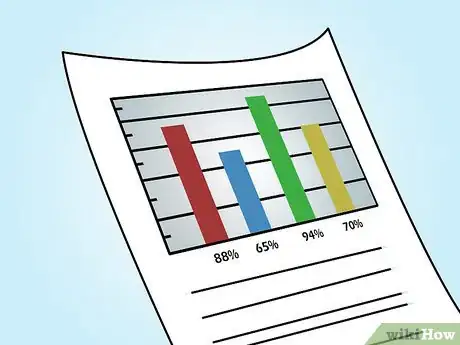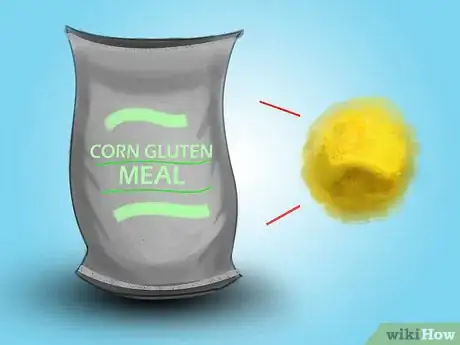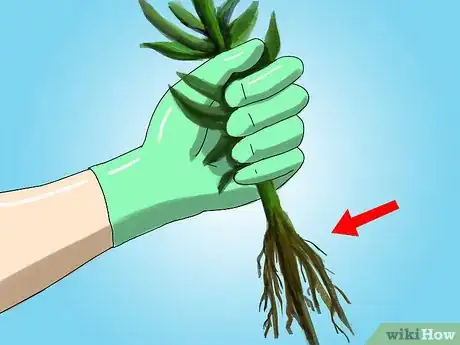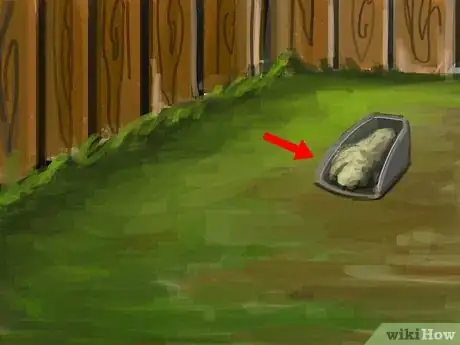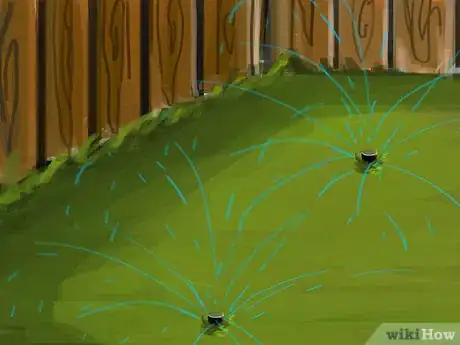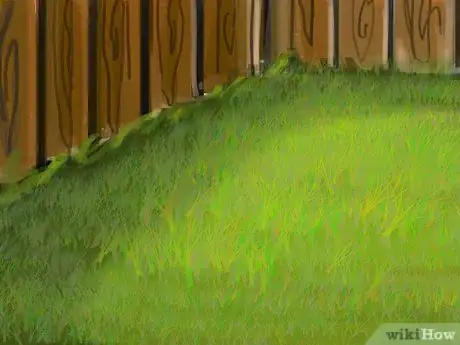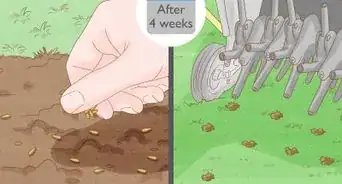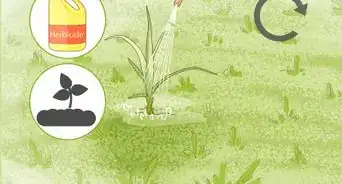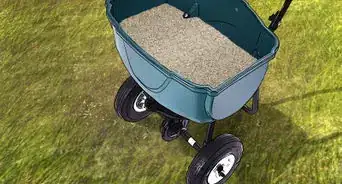X
wikiHow is a “wiki,” similar to Wikipedia, which means that many of our articles are co-written by multiple authors. To create this article, 23 people, some anonymous, worked to edit and improve it over time.
This article has been viewed 197,202 times.
Learn more...
With a little extra effort you can have a weed-free lawn without using chemicals. Weeds cannot grow in a healthy lawn as they are crowded out. The time and effort becomes less and less over the years and eventually will become maintenance free.
Steps
-
1Take soil samples to a local nursery or send them into a testing center.[1] The test will show your nutrient and pH levels, and how much organic matter is present.
-
2Use the results to target specific organic spreads to maintain correct levels for growing grass.[2]Advertisement
-
3Use corn gluten meal in the spring and fall as a pre-emergent for weeds. The corn gluten will also give a small amount of slow-release nitrogen, making it a good weed and feed combination.[3]
-
4Water your lawn or go out after a rain and remove weeds by hand, making sure to get the root system or else the weed will grow back.[4] Use a dandelion tool to remove dandelions.
-
5Re-seed the entire lawn (in Fall and/or Spring) if necessary, paying particular attention to bare spots. Use a grass mix with a higher percentage of Rye grass (rye grass is a quick growing annual [there is also a perennial rye] that will help to establish the other slower growing perennial grasses).
-
6De-thatch and aerate your lawn in the Spring. Continue to re-seed once a year till lawn is thick. If you adopt a more sensible method of fertilizing and watering your lawn, it will eventually be unnecessary to de-thatch or aerate. For details, see the WikiHow article How to get and maintain a healthy lawn
-
7Keep your lawn mower at higher settings during the Summer months; the higher grass shades out weeds.[5]
Advertisement
Community Q&A
-
QuestionMy lawn is probably about 50 percent weeds of all kinds. Can I fix this, or is it time to rip it all out and start from sod or seed?
 Community AnswerYou do not need to start over. Just follow the methods illustrated in the article and your lawn should improve.
Community AnswerYou do not need to start over. Just follow the methods illustrated in the article and your lawn should improve. -
QuestionWhat kind of grass will be strong enough to push bad grass out?
 Community AnswerBermuda & Zoysia grasses spread via runners called stolons (above ground) & rhizomes (below ground). Zoysia spreads much slower than Bermuda and is slower in repairing itself. These both are warmer season grasses but do have some slight shade tolerant cultivars.
Community AnswerBermuda & Zoysia grasses spread via runners called stolons (above ground) & rhizomes (below ground). Zoysia spreads much slower than Bermuda and is slower in repairing itself. These both are warmer season grasses but do have some slight shade tolerant cultivars. -
QuestionMy St. Augustine grass is a pale green. Soil is a clay mixture. We have had a lot of rain in the last month, and I fertilized 2 months ago. What can I do to make the lawn healthy?
 Community AnswerTry applying Milorganite (available at larger hardware stores) every five weeks. It is slow-release, organic and wont burn your lawn.
Community AnswerTry applying Milorganite (available at larger hardware stores) every five weeks. It is slow-release, organic and wont burn your lawn.
Advertisement
Warnings
- Some weeds such as Creeping Charlie may need to be removed with chemicals; treat them in the fall when nutrients are stored in the root system. If you do need to treat with chemicals, use a granule, you are less likely to contaminate aquatic life as you would with a liquid. Read and follow all label directions.⧼thumbs_response⧽
Advertisement
References
- ↑ https://www.todayshomeowner.com/video/soil-test/
- ↑ https://www.thisoldhouse.com/ideas/tips-lush-organic-lawn
- ↑ https://www.gardensalive.com/product/have-a-healthy-weedfree-lawn--naturally
- ↑ https://naturallysavvy.com/nest/how-to-get-a-thicker-weed-free-lawn-naturally/
- ↑ https://oldworldgardenfarms.com/2015/06/12/6-tips-to-a-great-lawn-without-using-chemicals/
About This Article
Advertisement

